Juglans Nigra good? Pinus Mugo instead.
BillMN-z-2-3-4
9 months ago
last modified: 7 months ago
Featured Answer
Sort by:Oldest
Comments (40)
Related Discussions
Pinus mugo Photo Gallery 2012
Comments (50)Fantastic specimens, Frank! There are a good number of Pinus mugo cultivars that turn a brilliant gold color in the winter. If you have any, please share them here! Pinus mugo 'Carstens' has a yellow-gold color that intensifies toward the needle tips. 'Amber Gold' is a similar cultivar that has a deeper golden color which is almost orange. In my opinion, it is more outstanding than that of 'Carstens', although both are excellent winter-gold pines. -Sam...See Moregambled on a Pinus mugo 'Valley Cushion'
Comments (24)1 : not animate: a : not endowed with life or spirit b : lacking consciousness or power of motion ===>>> sorry to disagree.. but trees do not have a spirit ... nor a consciousness .. nor an independent power of motion ... they remain inanimate.. no matter how you choose which words to pick from a definition ... that is.. unless you prefer to use the druid/pagan-webster dictionary ... lol ... ===>>> there is a theory .. that a threat to a plant.. will cause it to release growth hormones .... in response to said threat .... so treating it roughly ... can actually be thought of as a plus .. [and in this case.. since OP was anticipating serious root surgery .. then i saw no reason to worry about beating it out of that pot it was in .... in my world.. it was more important.. to get the job done ASAP .... avoiding drying to the roots being most important... rather than doing 3 hours of TLC surgery.. and worrying.. etc ... the long soak prior.. and the fast repotting.. probably did more for the plant ... than 3 hours of micro surgery could have ever accomplished ...] as compared to too much TLC.. which usually ends up hurting a plant .. but the TLC is a function of your consciousness.. and your response ... while the hormones release is totally lacking in a conscious decision ... and it is not a instinctive physiological reaction ... because an inanimate object... does not have an instinct and i am not a green man .... check this link: http://www.pantheon.org/articles/g/green_man.html but we digress.. lol ... ken Here is a link that might be useful: link...See MorePinus mugo 'Jakobsen'
Comments (6)Beautiful plant, Dave! 'Jakobsen' has slightly crested growth and that is what causes the plant to appear exceptionally dense in places. Crests are a fasciated growth (fan like) with a stem that is wider than normal. This type of growth is quite common in cacti and succulents, but not so common in woody plants. There are a few conifers with crested growth and there is one pictured in a recent thread by toucanjoe (The plant is labeled as Pinus thumbergiana 'Ogi Matsu' and the correct name is Pinus thunbergii 'Ogi-matsu', per coniferjoy.) I have this plant, but it's being shaded by my Larix kaempferi 'Diana' so I need to see if I can dig it up and move it to more sunny conditions. It's a beautiful Mugo pine. Mike...See MorePinus mugo Photo Gallery 2010
Comments (41)Edwin, it is even more bright in reality, but my camera refuse to reproduce it. It will be very interesting for me to compare all winter-colored mugos about their color-hues, growth rate and how easy they become gold. A little bit more. Pinus mugo 'Starkl' Pinus mugo 'Gordon Bentham' Pinus mugo 'Dikobraz' Maria...See MoreBillMN-z-2-3-4
9 months agolast modified: 9 months agoBillMN-z-2-3-4
9 months agoBillMN-z-2-3-4
9 months agoBillMN-z-2-3-4
9 months agolast modified: 9 months agoBillMN-z-2-3-4
9 months agolast modified: 9 months agoBillMN-z-2-3-4
9 months agolast modified: 9 months agoBillMN-z-2-3-4
9 months agoBillMN-z-2-3-4
9 months agotapla (mid-Michigan, USDA z5b-6a)
9 months agolast modified: 9 months agoBillMN-z-2-3-4 thanked tapla (mid-Michigan, USDA z5b-6a)BillMN-z-2-3-4
9 months agolast modified: 9 months agotapla (mid-Michigan, USDA z5b-6a)
9 months agoBillMN-z-2-3-4 thanked tapla (mid-Michigan, USDA z5b-6a)BillMN-z-2-3-4
9 months agotapla (mid-Michigan, USDA z5b-6a)
9 months agoBillMN-z-2-3-4 thanked tapla (mid-Michigan, USDA z5b-6a)BillMN-z-2-3-4
9 months agotapla (mid-Michigan, USDA z5b-6a)
9 months agoBillMN-z-2-3-4 thanked tapla (mid-Michigan, USDA z5b-6a)BillMN-z-2-3-4
9 months agoBillMN-z-2-3-4
9 months agomaackia
9 months agolast modified: 9 months agoBillMN-z-2-3-4
9 months agolast modified: 9 months agotapla (mid-Michigan, USDA z5b-6a)
9 months agoBillMN-z-2-3-4 thanked tapla (mid-Michigan, USDA z5b-6a)BillMN-z-2-3-4
9 months agoBillMN-z-2-3-4
9 months agolast modified: 9 months agoBillMN-z-2-3-4
9 months agoBillMN-z-2-3-4
7 months agoBillMN-z-2-3-4
7 months agoBillMN-z-2-3-4
7 months agoBillMN-z-2-3-4
6 months ago
Related Stories

LANDSCAPE DESIGNWarm Up Your Home With an Evergreen Windbreak
Plant tall trees for more warmth in winter, serenity in summer and good looks all year long
Full Story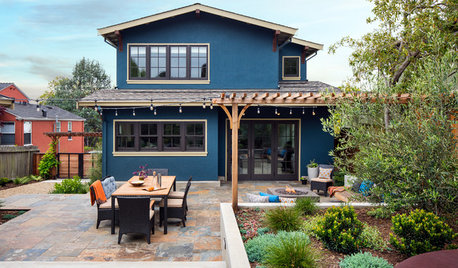
LANDSCAPE DESIGNHow to Make Your Painted or Stained House Feel at Home in the Landscape
Use color and texture to create a pleasing connection between your house and garden
Full Story
GARDENING GUIDESTree Care: Common Tree Diseases and What to Do About Them
Learn to recognize trees that may be affected by diseases or pests so you can quickly take action
Full Story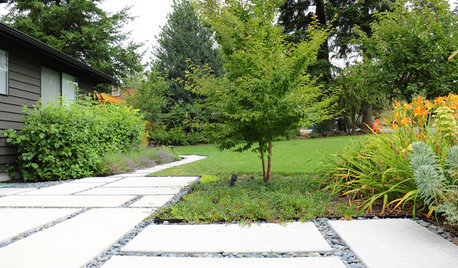
ARBOR DAY10 Trees Landscape Designers Love
In honor of Arbor Day, consider adding a beautiful and beneficial tree species favored by designers around the country
Full Story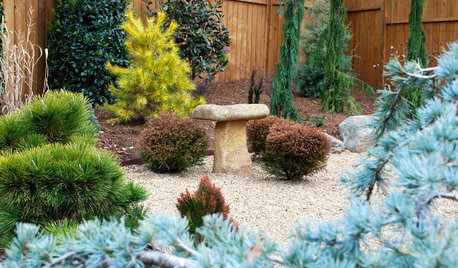
PLANTING IDEASDesigning With Conifers: Personality and Form in the Garden
Unique and full of interest, well-shaped conifers await a place your yard
Full Story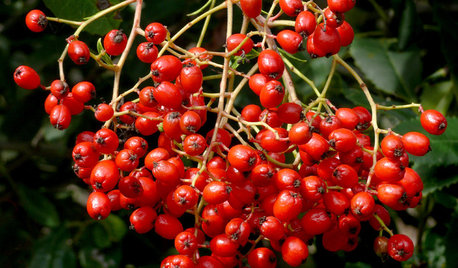
GARDENING GUIDESCalifornia Gardener's December Checklist
Let California's version of holly brighten the winter landscape — or consider another holiday performer from the whole host of choices
Full Story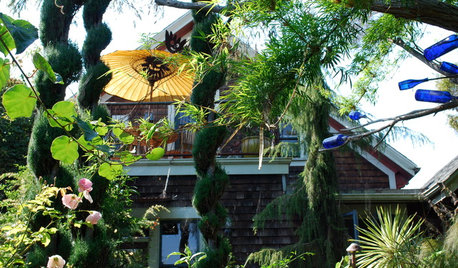
PLANTING IDEASDesigning With Conifers: How to Unite Your Landscape
Create a landscape full of intrigue and artistry with the right placement of conifers and their supporting players
Full Story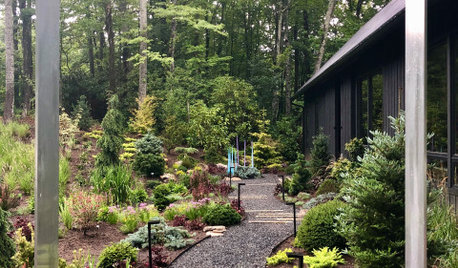
LANDSCAPE DESIGNTour a Designer’s Gardens in the North Carolina Mountains
The nature-inspired landscape surrounds a new dogtrot home with a meadow, a steep hillside, bogs and a natural stream
Full Story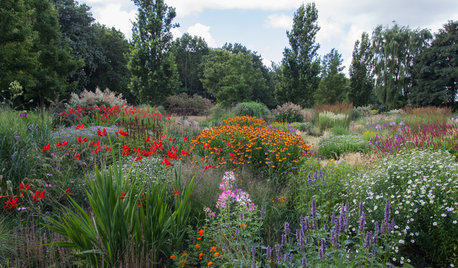
LANDSCAPE DESIGNTour 3 Marvelous Meadow Gardens and Learn About Their Plants
From rural Netherlands acreage to a Minneapolis rooftop garden, these wild and exuberant spaces surprise and delight
Full Story


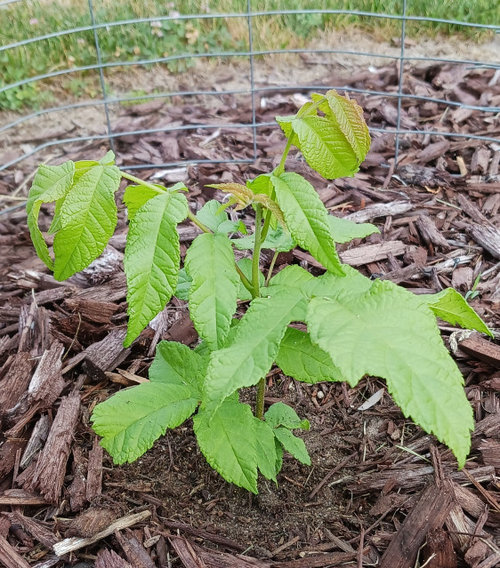
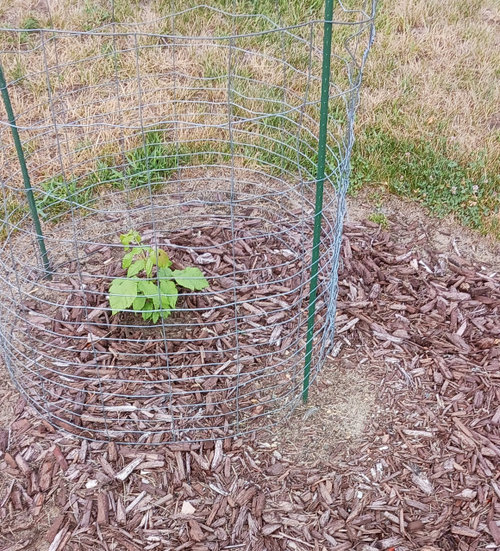
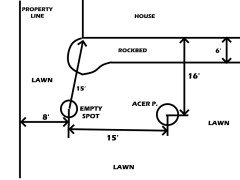
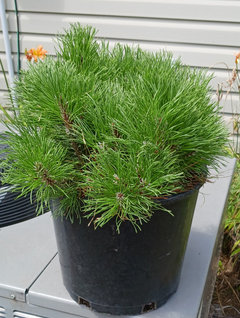

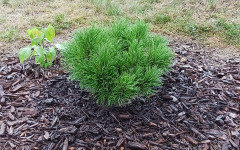
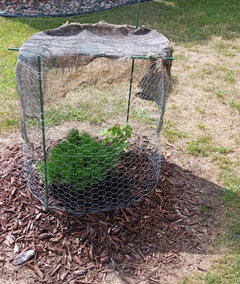
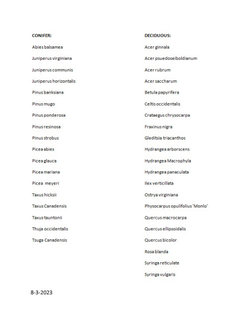
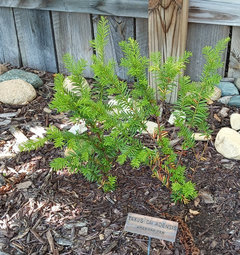
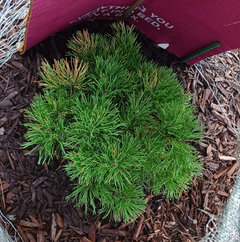
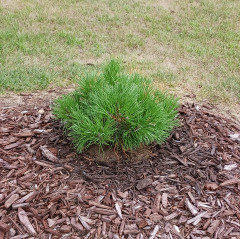
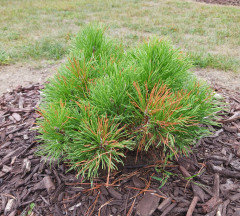
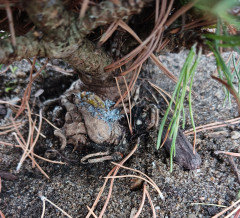
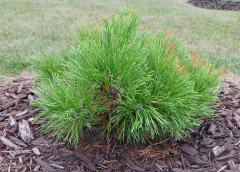
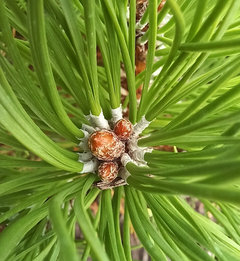
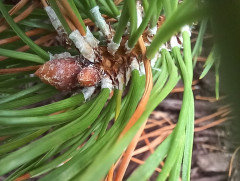
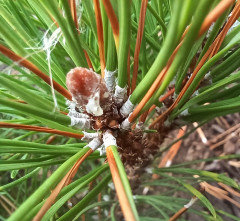
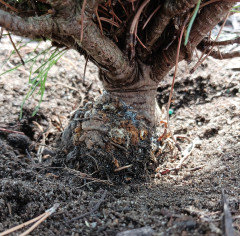
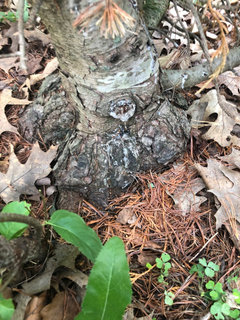

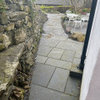
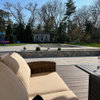

Sigrid